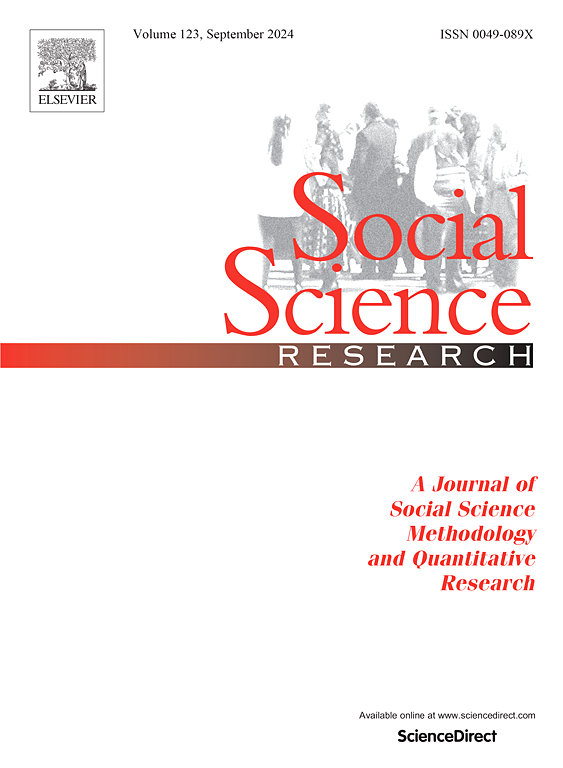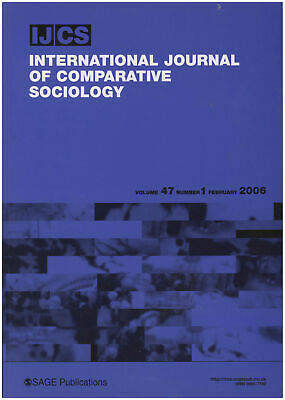Donald Trump’s “maximum pressure” strategy is doomed to fail, especially as tensions rise between Iran and the United States.
Posted by Masoud Movahed on
January 20, 2025
Comments Off on Donald Trump’s “maximum pressure” strategy is doomed to fail, especially as tensions rise between Iran and the United States.
Category: Public Sociology Writings
Iran’s economy has been through a lot in the past four years. After the Joint Comprehensive Plan of Action (JCPOA), which was designed to prevent Iran from acquiring a nuclear weapon, was sealed in 2015, Iran immediately received sanctions relief: its GDP promptly grew by a staggering rate of 12 percent, and European companies started investing in the country’s key sectors such as oil, gas, and automobiles. But then last May, Donald Trump withdrew from JCPOA
A Great Heart Stopped: Erik Olin Wright (1947-2019)
Posted by Masoud Movahed on
January 20, 2025
Comments Off on A Great Heart Stopped: Erik Olin Wright (1947-2019)
Category: Public Sociology Writings
Erik Olin Wright leaves behind an incredible moral and intellectual legacy. Ifirst met Erik Olin Wright when I arrived in the University of Wisconsin-Madison as a Ph.D. student in the summer of 2016. Having already read most of his work I could not wait to meet him in person. Indeed, the chance to study under Wright was the main reason for my being there. Upon arriving at his office, I was received with a warm
Real Utopias
Posted by Masoud Movahed on
January 20, 2025
Comments Off on Real Utopias
Category: Public Sociology Writings
When radical critics of capitalism become desperate for empirical models that embody their aspirations, wishful thinking can triumph over sober assessments. The complementary danger is cynicism; there is great cachet among intellectuals in debunking naïve enthusiasm. What is needed, then, are accounts of empirical cases that are neither gullible nor cynical, but try to fully recognize the complexity and dilemmas as well as the real potentials of practical efforts at social empowerment. – Erik Olin
Intergenerational income mobility in the United States: A racial-spatial account
Posted by Masoud Movahed on
January 19, 2025
Comments Off on Intergenerational income mobility in the United States: A racial-spatial account
Category: Publications
The study of intergenerational income mobility has witnessed more visibility in academic and public policy circles in light of the new estimates generated by Chetty and colleagues. The distribution of race-based estimates of intergenerational income mobility demonstrates strong spatial patterning, such that the success of a child’s traversal to the top income quintile in the United States is spatially conditioned and dependent on locality. However, research drawing on the new estimates of intergenerational income mobility
Varieties of capitalism and income inequality
Posted by Masoud Movahed on
January 19, 2025
Comments Off on Varieties of capitalism and income inequality
Category: Publications
Why do countries diverge significantly in the levels of income inequality across the Global North? Most scholars believe that the answer lies in the ways that economic resources are organized through institutions. Drawing on a country-level, longitudinal dataset from 1985 to 2016 matched with three other data sources, the author explains how and to what extent institutions matter for income inequality across the “varieties of capitalism.” To sort countries based on their institutional similarities, the




